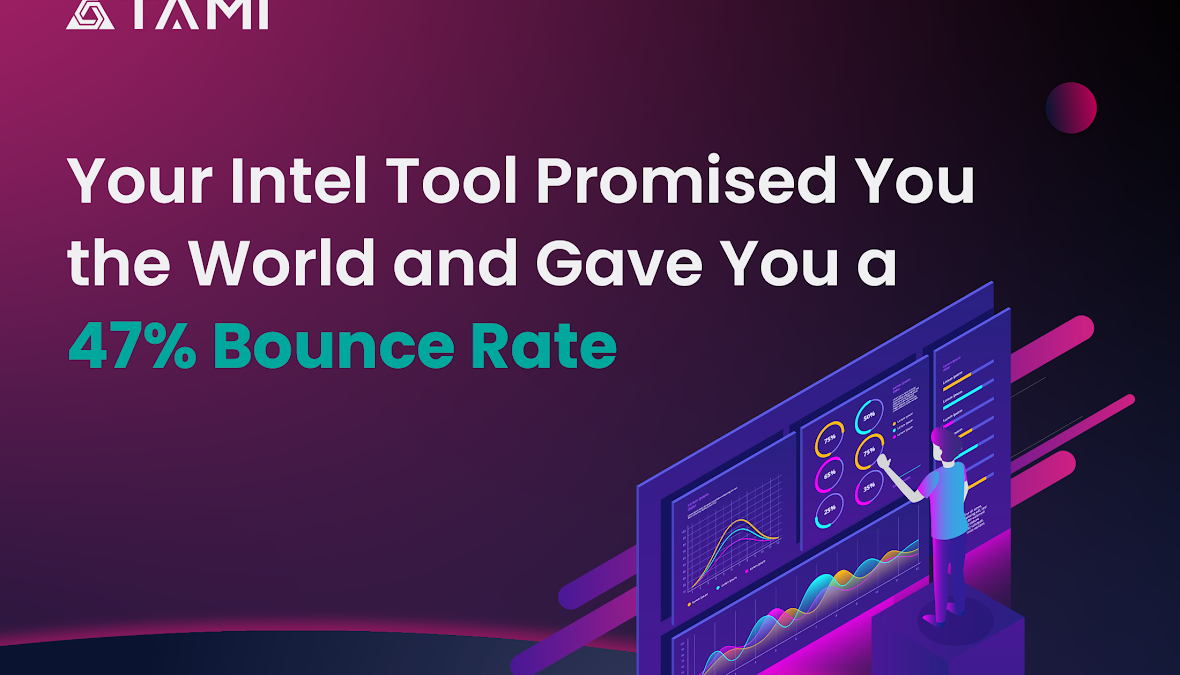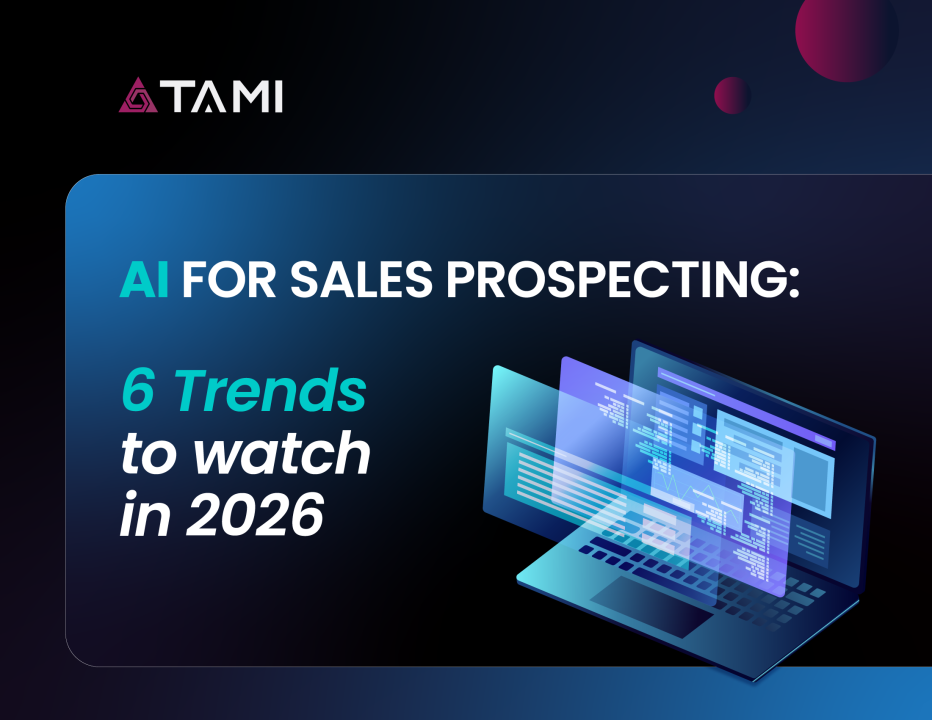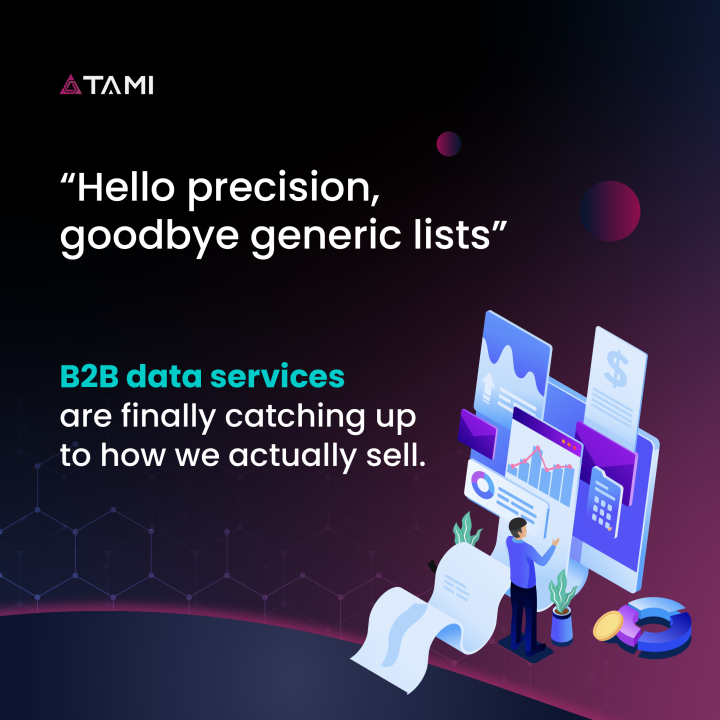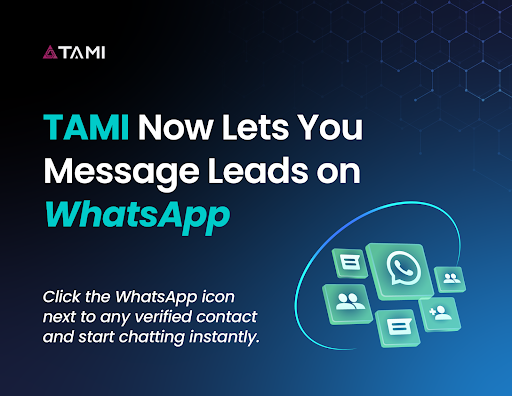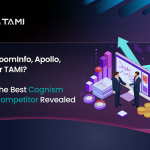
Cognism Competitors: 3 Smarter Alternatives for Sales Targeting
09/10/2025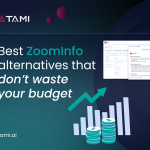
Best Zoominfo Alternatives that Don’t Waste Your Budget
15/10/2025A competitive intelligence tool makes the difference between guessing who to contact and knowing exactly where your best opportunities are. By tracking competitor customers, analyzing technology adoption, and scoring leads with real data, businesses can prioritize outreach that converts.
This approach combines 2B targeting, competitor prospecting, and lead scoring data into a single workflow that consistently fills pipelines with qualified prospects.
Why competitive intelligence matters in lead generation
Lead quality has always been the bottleneck for sales. Traditional list providers often fail to deliver accurate, current data, which results in wasted time, higher bounce rates, and missed opportunities.
Competitive intelligence flips the script. Instead of cold prospecting from outdated lists, it enables you to see who is already buying from your competitors, what tools they use, and how their business is evolving.
When supported with real-time enrichment and lead scoring data, this information helps sales teams spend more time on prospects that are both reachable and ready to buy.
Building campaigns with competitor prospecting
Competitor prospecting is one of the most powerful applications of a competitive intelligence tool. For example, TAMI allows companies to generate lists of competitor customers, updated in real time, complete with accurate emails and phone numbers.
This means you can:
- Target businesses that are already proven buyers of similar solutions.
- Identify switching opportunities by spotting when a competitor’s customer is exploring new technologies.
- Monitor market shifts in payment providers, shipping partners, or ecommerce platforms that may signal churn.
In practice, this gives sales teams a head start. Instead of chasing broad lists, they focus only on accounts with demonstrated need and budget.
Competitor tracking with real impact
2B targeting ensures you don’t just reach any company; you reach the right company. A competitive intelligence tool can map industries, company size, regions, and verticals to your ideal customer profile. TAMI, for instance, has mapped over 7.7 million ecommerce merchants worldwide with precise industry and sub-industry classification.
This accuracy matters. SIC and NAICS codes are notoriously outdated and often misclassify online businesses. With AI-driven mapping, you’re able to filter prospects by the exact criteria that align with your most successful customers, whether that’s Shopify merchants using Stripe or logistics companies shipping internationally.
Using lead scoring data to prioritize outreach
Finding leads is only the first step. The real challenge is knowing which leads deserve your attention today. That’s where lead scoring data comes in.
By combining firmographic signals (industry, size, location) with behavioral signals (technology adoption, hiring activity, competitor use), a competitive intelligence tool ranks leads based on their likelihood to convert.
TAMI integrates these insights directly into CRMs, continuously refreshing records and flagging inactive or poor-quality accounts. Sales teams no longer waste time on dead leads and can confidently prioritize the accounts with the highest potential return.
Real-world results from competitive intelligence
The results of competitive intelligence are measurable. A UK-based MarTech company tested several providers, including Zoominfo and Cognism, against TAMI. Using TAMI’s data, they achieved a 95% email delivery rate and a 10x higher inbound conversion rate compared to the alternatives.
In another case, a global logistics giant used TAMI to clean and enrich a CRM of 6.5 million records. Within eight weeks, they uncovered $35 million in new opportunities, with ROI delivered in the same time frame.
These examples highlight the practical advantage of accurate, real-time data. Better targeting and prioritization translate directly into revenue.
Integrating competitive intelligence into your sales process
To maximize results, competitive intelligence tools should be woven into your existing sales process, not bolted on. With integrations into Salesforce, HubSpot, Pipedrive, and other CRMs, platforms like TAMI enrich records, update contact data, and trigger alerts when key changes occur.
This creates a closed loop: new leads flow into your CRM, enriched with verified contact details, scored for readiness, and continuously updated. Salespeople always have the freshest data, and marketing teams can build campaigns that land in the right inboxes without risking deliverability.
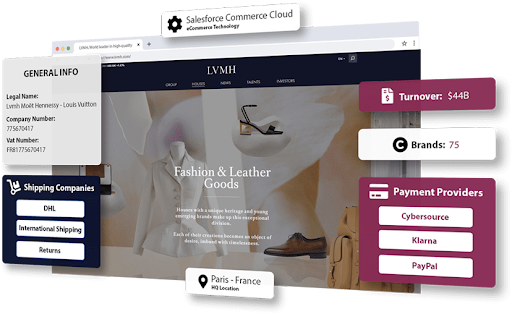
How to get started
If your current prospecting relies on static databases or manual research, the gap between your approach and competitors using real-time intelligence will only widen. Getting started is straightforward:
- Define your ideal customer profile and competitor set.
- Use a competitive intelligence tool like TAMI to build targeted lists and track competitor customers.
- Integrate enriched and scored leads into your CRM for seamless outreach.
- Continuously refine targeting based on conversion feedback and updated insights.
Over time, this creates a system that gets smarter with every interaction, ensuring your outreach is always directed toward the highest-value prospects.
Final thoughts
Lead generation in 2025 is about precision. A competitive intelligence tool brings together 2B targeting, competitor prospecting, and lead scoring data to make prospecting faster, cleaner, and more profitable.
With platforms like TAMI, agencies and enterprises alike are reducing wasted effort, improving conversion rates, and creating a repeatable system for winning new business.
If you’re serious about finding high-converting leads and want to stop wasting time on bad data, now is the time to act. Book a demo with TAMI today and see how accurate, real-time intelligence can transform your pipeline.

